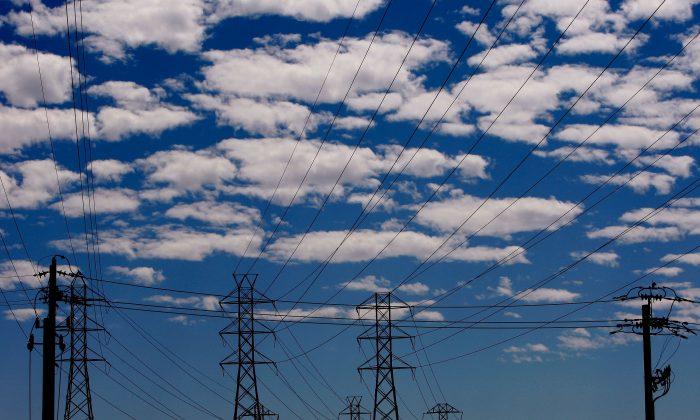According to the National Weather Service/NOAA, a widespread moderate to extreme drought remains a threat across parts of the Southeast. The drought has expanded southward into central and the southern sections of Florida. Abnormal dryness covers the entire state. Severe to extreme drought continues across parts of the Florida Panhandle.
The La Nina at the end of 2010 continued well into 2011 and caused drought and heat throughout the South. According to NOAA, “La Niña is characterized by unusually cold ocean temperatures in the Equatorial Pacific, compared to El Niño, which is characterized by unusually warm ocean temperatures in the Equatorial Pacific.”
Temperatures were well above normal, an average of three to four degrees Fahrenheit above the norm for the year. In the western part of the South the heat was much worse. Average temperatures during the summer of 2011 were six to 10 degrees above normal over northern Texas and Oklahoma.
“For the upcoming three months in South Florida, rainfall in the Lake Okeechobee area will be below normal and it will lead us to a higher risk of wildfires,” said Tom Kines, senior meteorologist at Accuweather. “Generally, it has been really dry in the entire Southeast area over the past three months. Lightning as a result of thunderstorms which is one of the causes for wildfires will not be a big concern.”
According to Brian Fuchs, Climatologist at the National Drought Mitigation Center in a telephone interview, last year the La Nina event was stronger and lingered on well into June. This year La Nina will be a little weaker and conditions should start subsiding by the middle of spring and typical weather patterns may return by the middle of spring.
“A forecast update was just released this week which indicates more drought will develop in Florida and the southeastern regions as well. South Florida is listed as abnormally dry at least for the next several months until March – April,” said Fuchs.
Droughts lead to wildfires. On Nov. 15, 2010 a wildfire blazed through Texas which ultimately consumed nearly four million acres and more than 2,900 homes. It took the lives of 10 people.
In the spring of 2011, seven of the 10 largest fires on record in burned in Texas. A spring wildfire burned 315,000 acres near Fort Davis, but spared the Fort Davis Historic Site and the McDonald Observatory. Wildfires swept through the Possum Kingdom Lake area, charring 160 homes in April and another 40 homes in August. In September, a wildfire seared Bastrop County and destroyed at least 1,500 homes.
Wildfires in Georgia charred 448,000 acres, which was nearly three times the state’s five-year average, through early September, according to the Georgia Forestry Commission. Of those, 306,000 burned in the Okefenokee Swamp, while 142,000 acres of private land burned. Last year was the state’s second worst fire season.




Friends Read Free